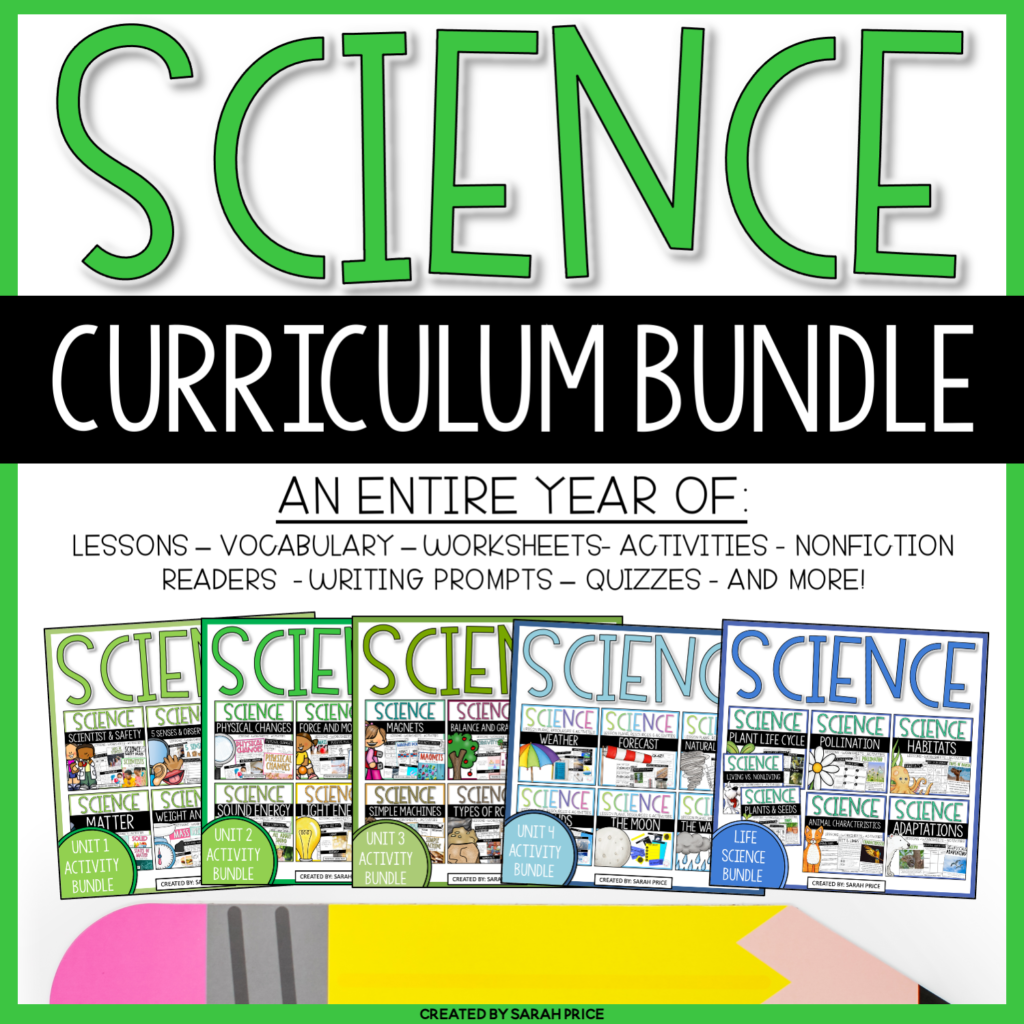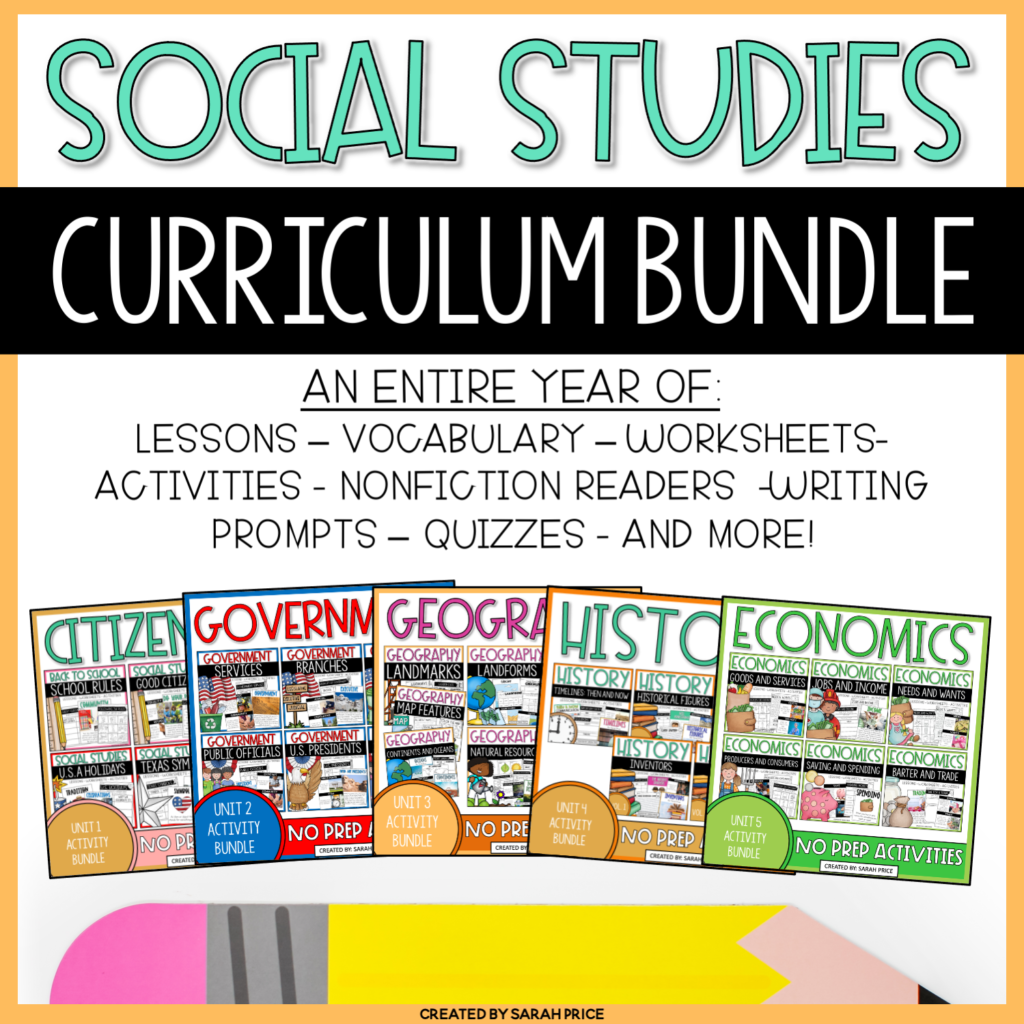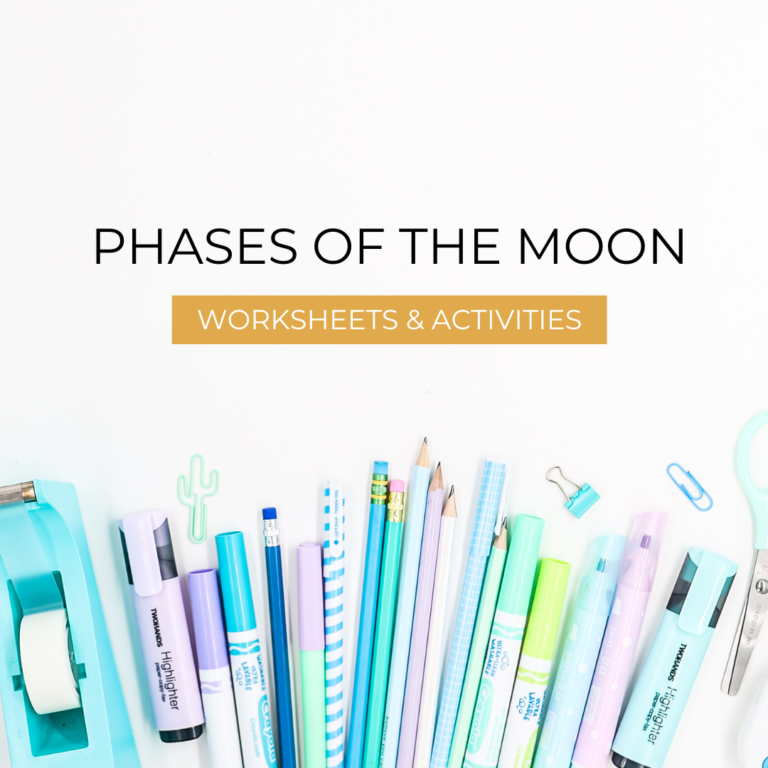Engaging Science Activities Your Students Will Love

Science can be a fascinating subject, but it can also be dry and uninspiring, especially for kids who have trouble staying focused. As a teacher, it’s your job to make science class engaging and exciting for your young students. Fortunately, there are plenty of strategies you can use to pique their curiosity and get them excited about scientific concepts. In this blog post, we’ll discuss some of the best ways to plan engaging science activities.
Engaging Science Activities: Incorporate Hands-On Tasks
One of the most effective ways to make science interesting for kids is to incorporate hands-on tasks into your lessons. Children learn best by doing, so give them opportunities to experiment and explore scientific concepts for themselves. For example, if you’re teaching about plant growth, have your students plant seeds and observe their progress over time. Likewise, if you’re talking about the properties of different materials, have your students conduct experiments to see what happens when they mix them together.
Snag a free roadmap to help you stay on track when planning engaging science activities HERE!

Use Real-World Examples
Another way to make science interesting for kids is to use real-world examples that they can relate to. For example, when teaching about animal adaptations, use examples from their own lives, such as the way their own pets have adapted to their environment. This will help them see the relevance of what they’re learning to their own lives and give them a better understanding of scientific concepts.
Encourage questions and exploration

Encourage students to ask questions, explore their environment, and discover answers. Inspire curiosity by creating an atmosphere that is safe, fun, and welcoming. Give students the chance to explore and discover, and then follow up with questions that help them to reflect on what they have learned. You can also provide opportunities for students to research on their own or lead discussions that allow for further exploration of scientific topics.
Engage Their Senses
Engaging your students’ senses is another way to make science interesting for kids. For example, when teaching about the five senses, incorporate activities that allow them to use their sense of smell, taste, touch, and hearing. You could have them taste different foods blindfolded and try to guess what they are or pass around different objects for them to feel and describe. This will help them remember what they’ve learned and make the lesson more engaging.
Use multimedia resources for engagement

Kids love technology, and multimedia resources can really help to engage their attention. Use videos, interactive games, or virtual labs to supplement your lessons. The internet has a wealth of free resources that can be incorporated into your lessons to make learning fun. You could also use social media platforms like Twitter, Facebook, or Instagram to share interesting scientific facts, post fun quizzes, start conversations, and connect with students on a platform they are already comfortable with.
For some inspiration, check out my digital science activities HERE!
Let Them Explore
Finally, one of the best ways to make science interesting for kids is to let them explore and discover for themselves. Give them opportunities to ask questions and investigate scientific concepts on their own. Encourage them to follow their curiosity and explore different areas of science that interest them. This will help them develop a love of science and become more engaged in their studies.
Make learning fun
Finally, the key to getting students excited about science is to make it fun. Use humor, storytelling, and interesting props to capture their attention. Incorporate art, music, and drama into your science lessons for more creative expression and engagement. Be passionate about the subject and show your excitement for science, and your students are bound to get excited too.
Save Time Planning Engaging Science Activities!


If you’re short on time or want some ready-made lesson plans, check out our social studies curriculum and science interactive notebook units. It’s a great way to add social studies and science to your class without all the hassle.
How to Plan Engaging Science Activities
In conclusion, there are many different strategies you can use to plan engaging science activities. By incorporating hands-on tasks, using real-world examples, making it fun, engaging their senses, and letting them explore, you can help your young students become more excited about science and develop a lifelong love of learning. Remember, science is all about curiosity, discovery, and exploration – so keep it exciting and engaging, and your students will thank you for it!
For More Ideas, Visit These Posts!
HOW TO FIND TIME FOR SOCIAL STUDIES: FUN STRATEGIES FOR BUSY TEACHERS
7 EASY WAYS TO FIT SCIENCE INTO YOUR DAY






